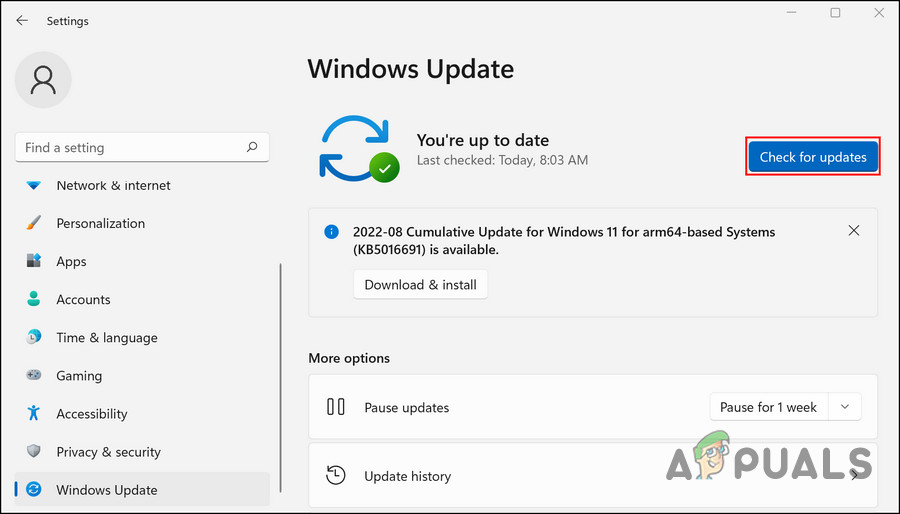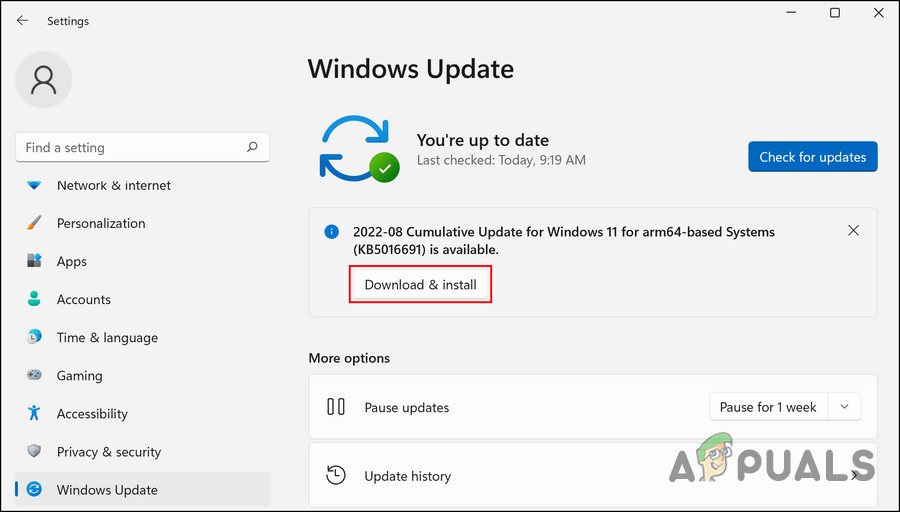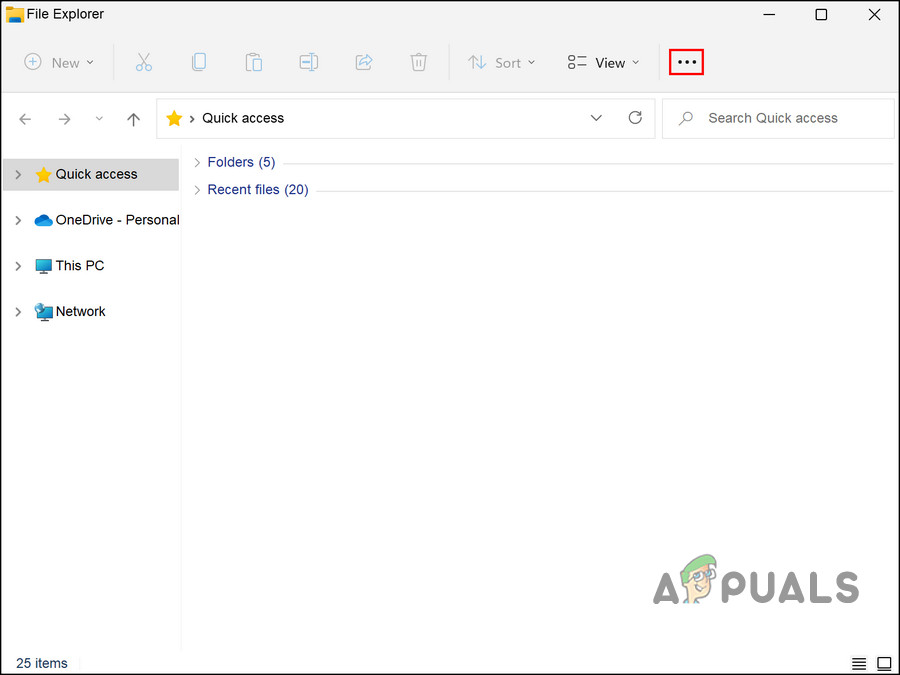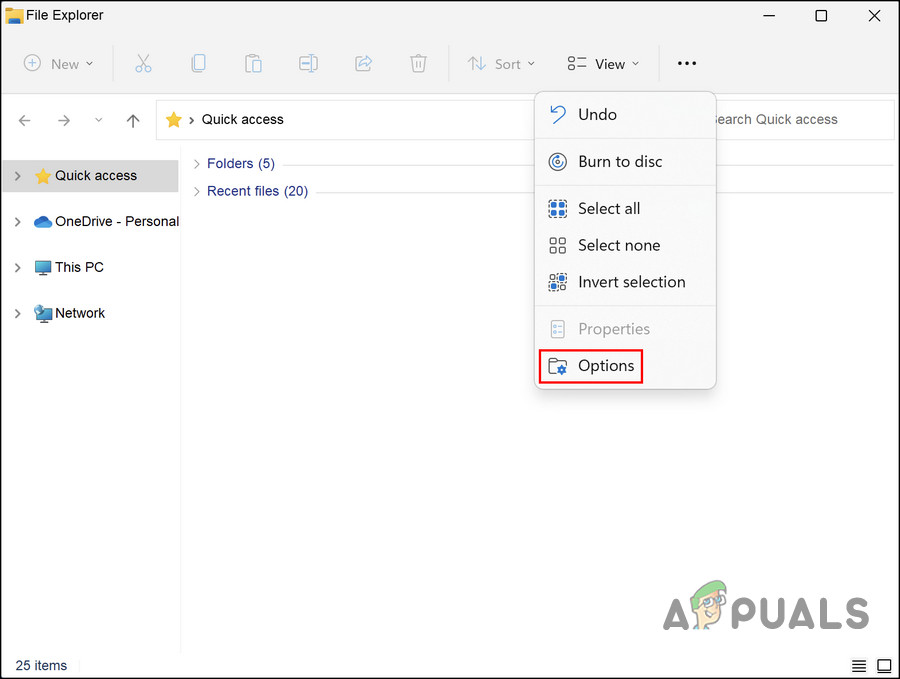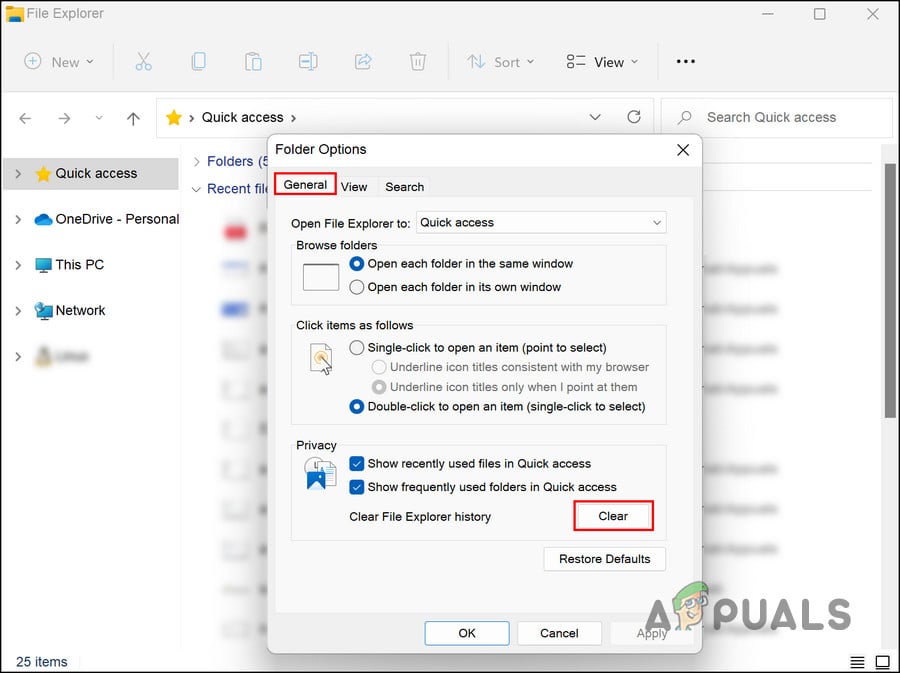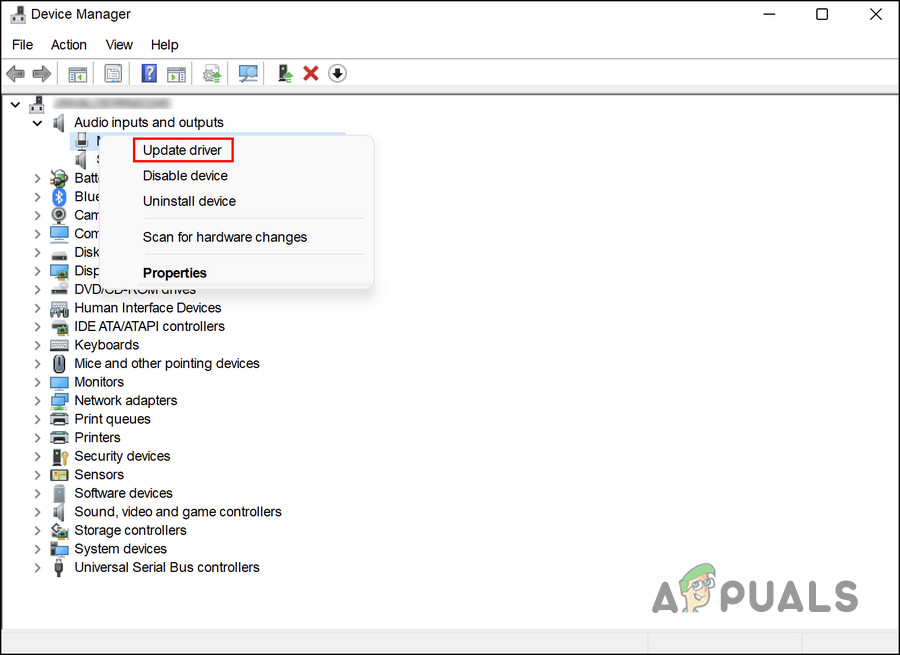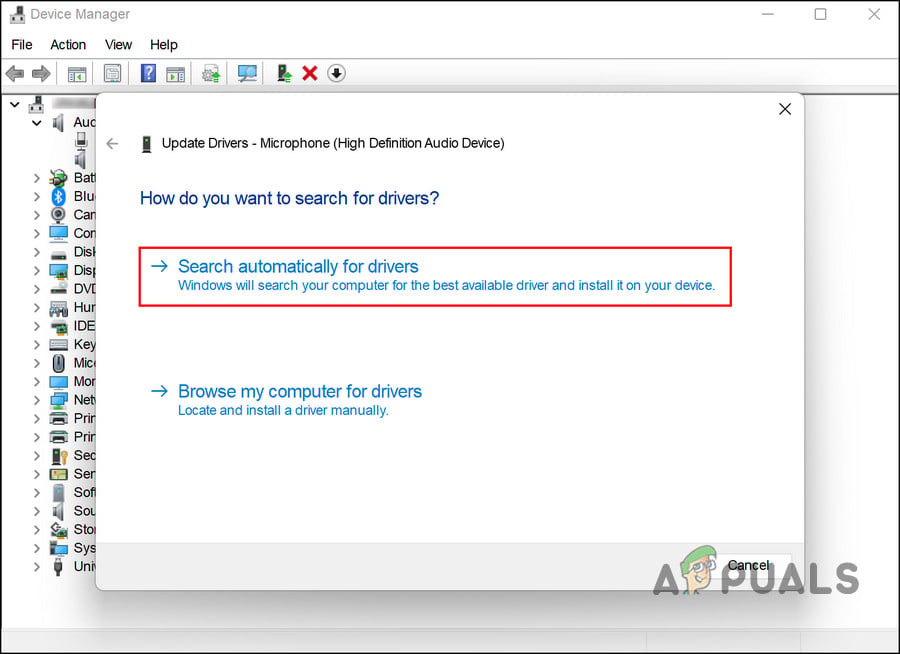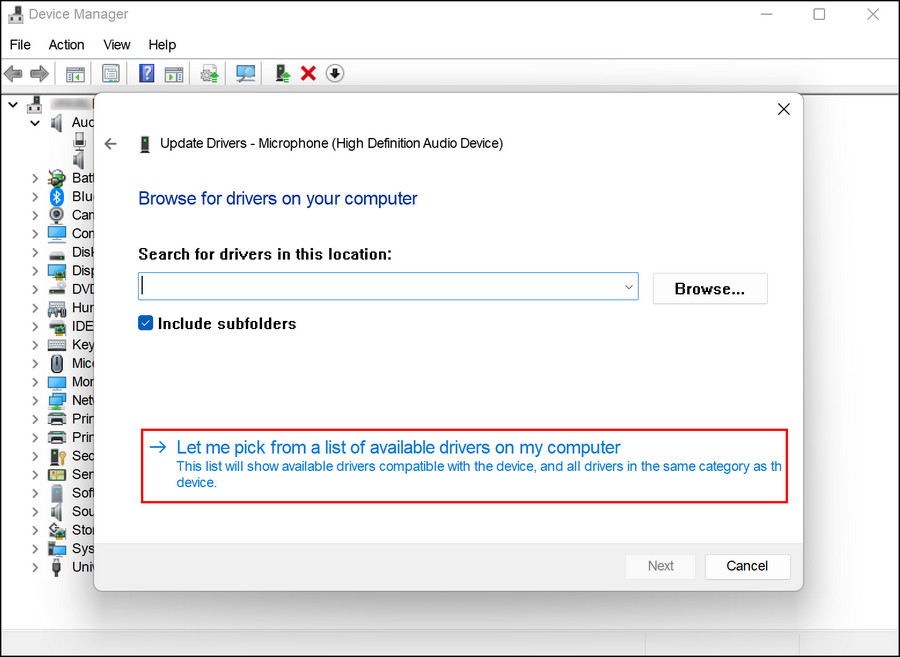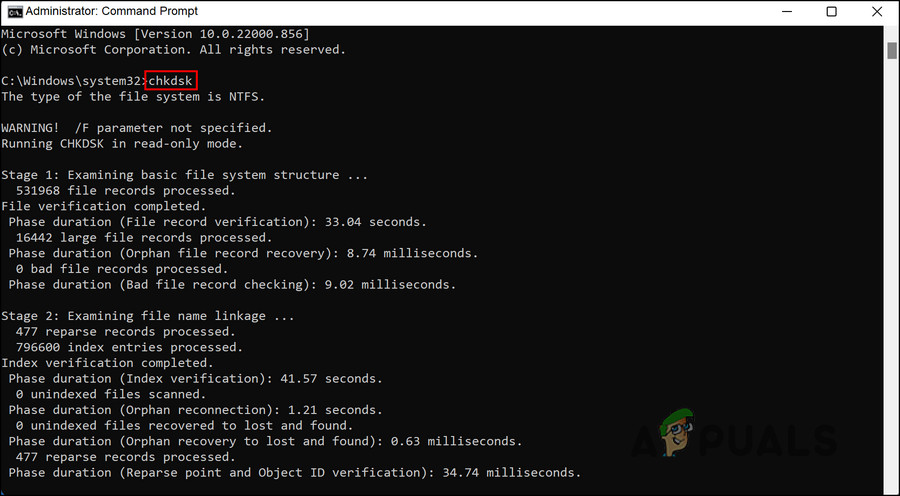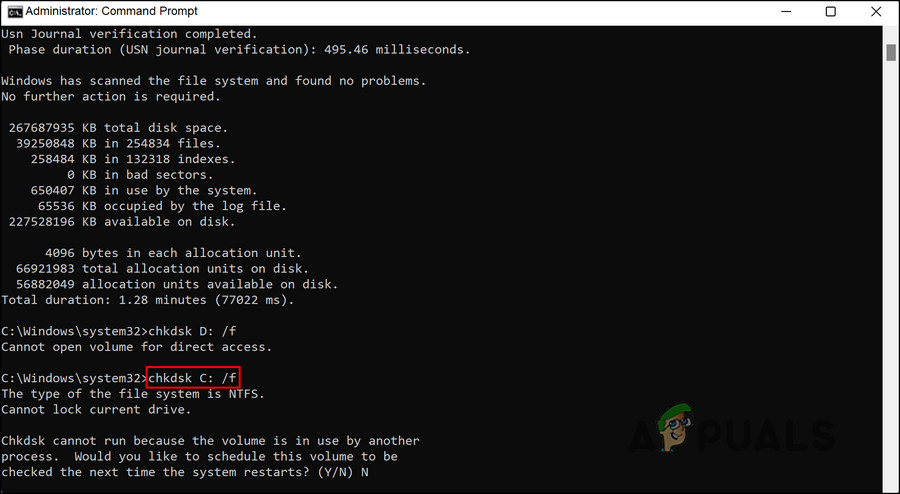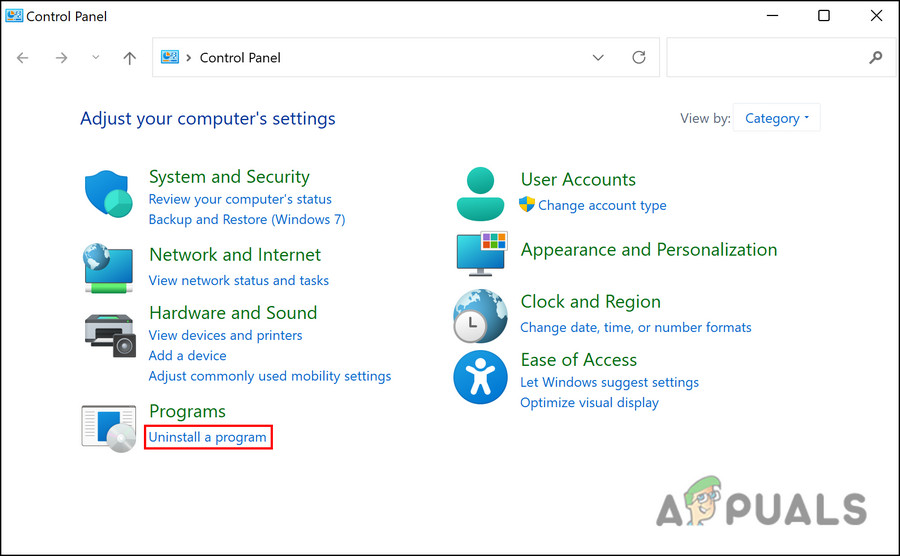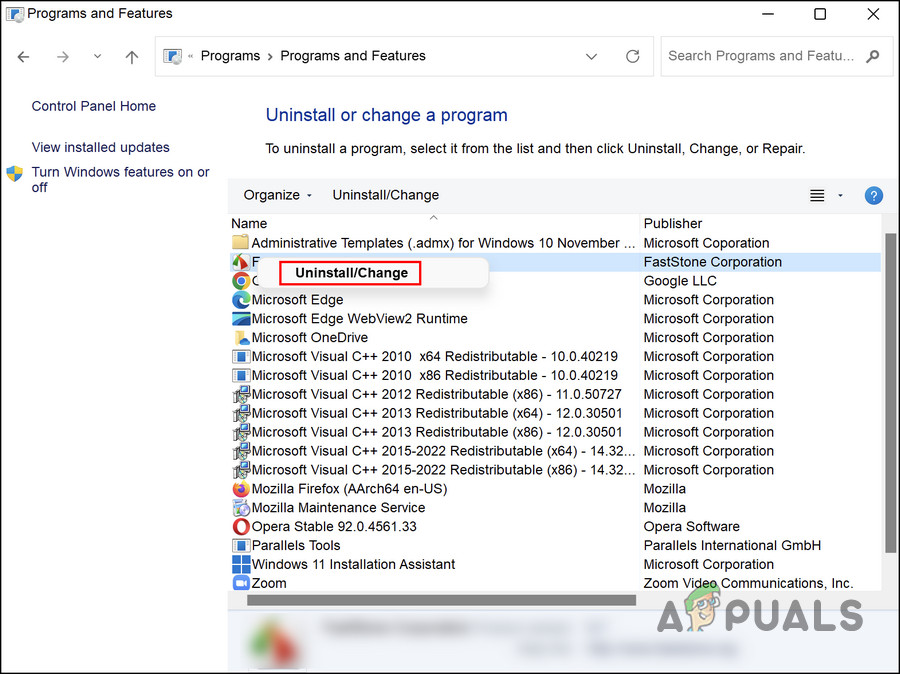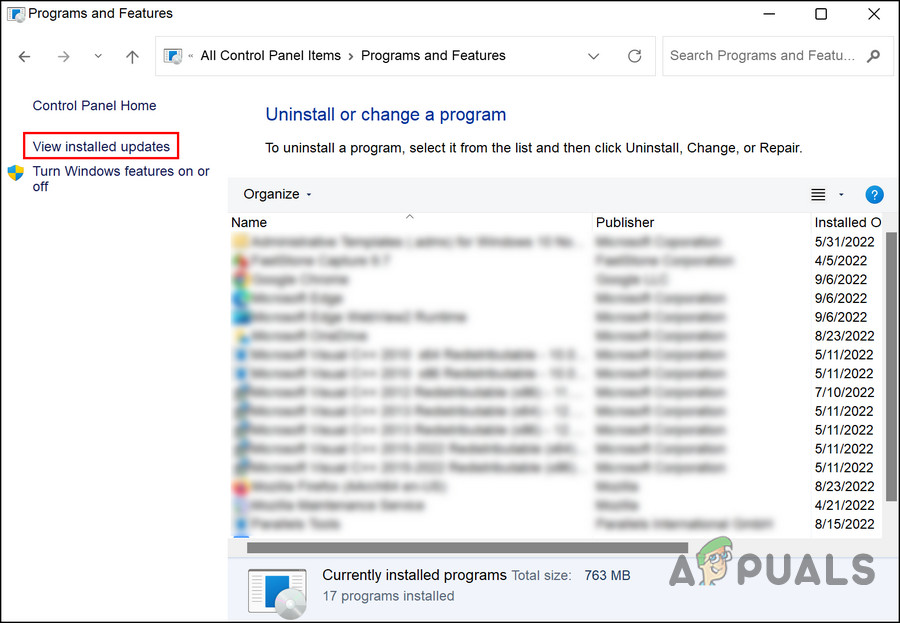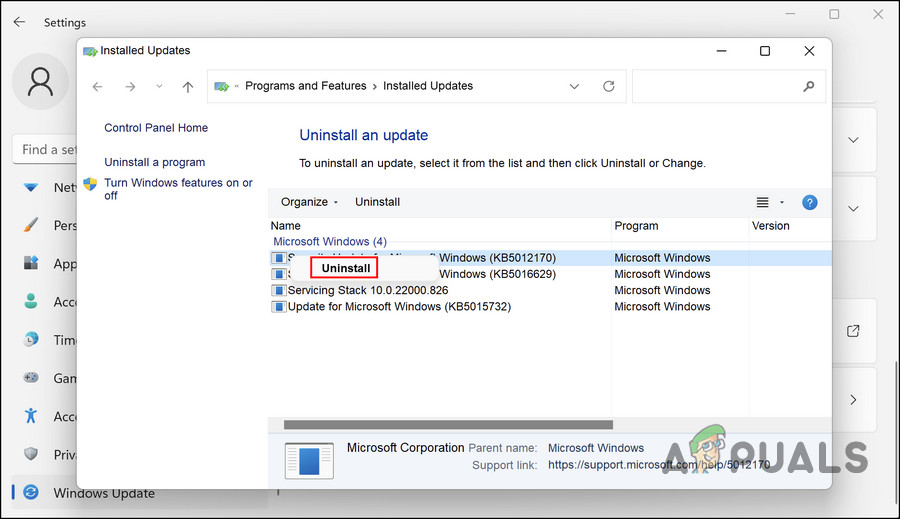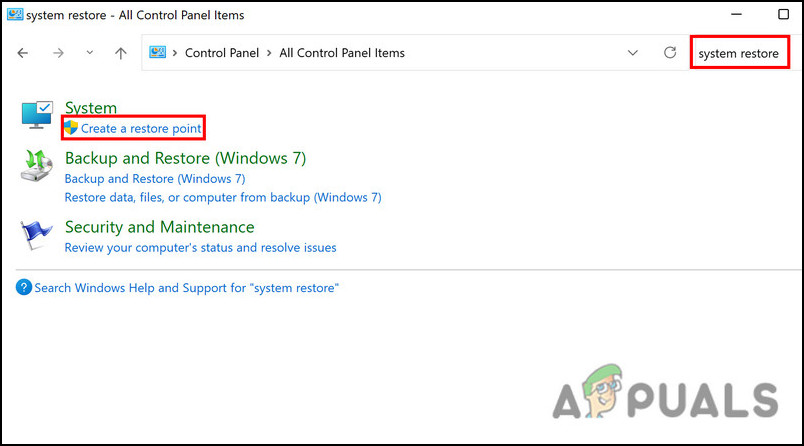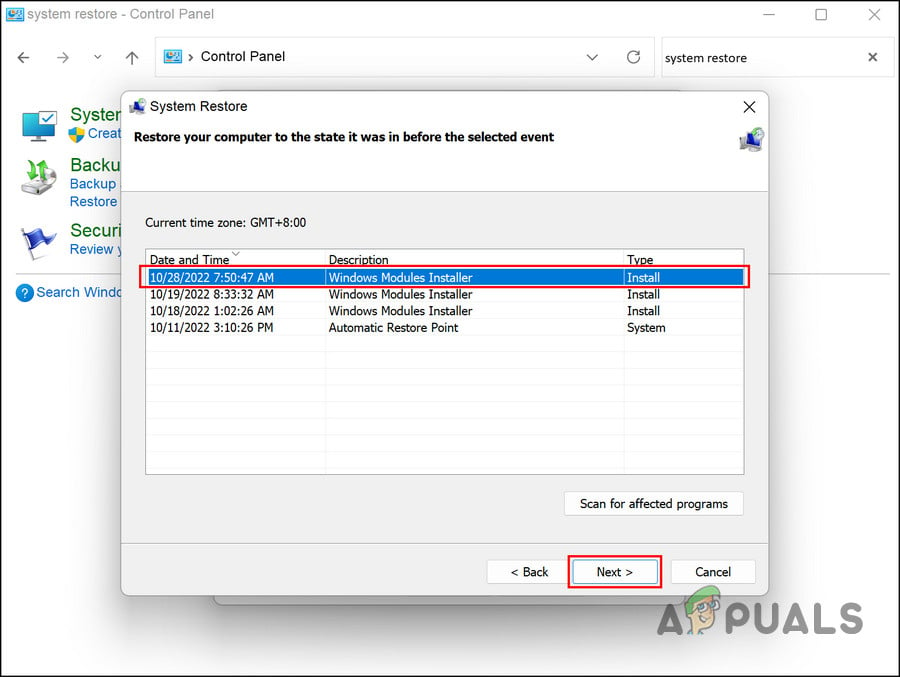In this guide, we will take a look at why this issue occurs in the first place and what you can do to resolve the problem. Proceed with the troubleshooting method that fits your situation the best.
1. Check for Pending Updates
The first thing that we suggest you do is search for any pending updates that might need installation. It is common for the system to experience glitches resulting in the error at hand due to a compatibility problem. If you find any pending system and driver updates, take your time to install them one by one. Here is how you can proceed: Once done, check if the File Explorer is working properly now.
2. Clear File Explorer Cache
There can be a glitch or corruption error within the File Explorer cache, which is causing the app to act up. Since the cache is temporary data, you can clear it to get rid of the problem. Here is how:
3. Update the Drivers
The next thing that you should do is update the outdated drivers on the system. This includes the Sound, Network, USB3, Bluetooth, and all other drivers. The easiest way to know if the drivers are up to date is by visiting your PC manufacturer’s website and comparing the latest versions with the version/date installed for that device in Device Manager. Once you have identified the outdated drivers, here is how you can update them in Windows 11:
4. Run the CHKDSK Utility
As the name implies, CHKDSK, also known as checkdisk, checks a disk for errors and fixes them. CHKDSK creates and displays disk status based on certain partition file systems. Here is how you can run the CHKDSK scan: Once the commands have run, check the results. You can find relevant solutions online if any issues are identified. Proceed to the next step in troubleshooting if no problem is found with your disk. While you are at it, we also encourage you to run the System File Checker and Deployment Image Servicing and Management tools. Like the CHKDSK utility, you can also run these via the Command Prompt. They work by scanning the system for corruption errors and then repairing them without requiring any significant input from your side. If a bug or corruption error is causing this problem, running SFC and DISM should help you resolve it easily.
5. Undo the Recent Changes
The error may also have been caused by a corrupt or faulty update or application that you recently installed. In this case, the solution is as simple as uninstalling any programs or updates you may have recently installed to undo these changes. In this case, you can either uninstall the particular component that might be causing the issue or revert to a previous state using Windows’ restore utility. We have divided this method into two sections. Follow the one that suits you the best.
Method 1: Uninstall the Program/Update
We will be using the Control Panel for this method.
Method 2: Use System Restore
The system restore utility on Windows creates restore points periodically. These restore points are snapshots of the state of your system at any point in time. You can use them to revert the system state to how it was at a certain point in time. In this case, we’re going to use System Restore to restore the system to an earlier state where the File Explorer was working fine. Follow the steps below to proceed: When the system reverts to a previous state, hopefully, the File Explorer issue will be resolved.
Fix: File Explorer Dark Theme Not Working on Windows 10How to Fix File Explorer Search Not Working in Windows 11?Windows 10X Leak Confirms Microsoft Is Secretly Working On A Major Overhaul For…Fix: iPhone Not Showing up in Windows File Explorer

